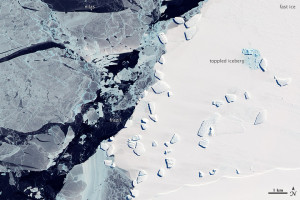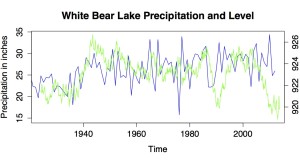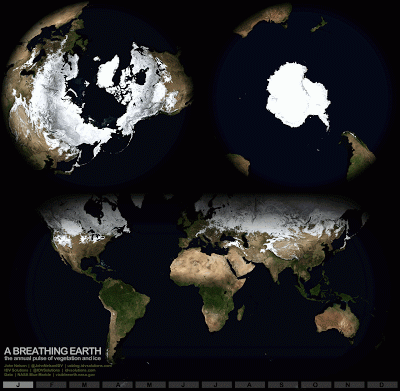I was traveling last week for a delightful conference on quantum cohomology, affine Schubert calculus, and the Peterson isomorphism. Crazy stuff. I had somehow expected to post during that -- but I learned something, which is that posting does not happen during intense conferences. I'll deal with that differently next time!
Many weeks ago in a discussion on LinkedIn someone suggested I write a post on sea ice, and I've been reading about sea ice ever since. It is complicated! Sea ice is the ice in the polar regions that floats on the sea, of course. It plays a huge role in climate because of its reflectivity, and we watch the growth and shrinkage of sea ice to monitor the state of the Arctic and Antarctic. But sea ice isn't just ice like an ice cube. Because the sea is salty, and salty water and fresh water freeze at different temperatures, there are some complicated phenomena that go on.
In the sea ice there are polynyas, areas of open water on top of the ice, and brine channels filled with bacteria and other little creatures. The ice itself ranges from new ice, starting with frazil ice through nilas ice through the stuff we think of when we think "ice." Even the names are exotic. Check out this picture below from the Advanced Land Imager (ALI) on NASA’s Earth Observing-1 (EO-1) satellite:

Zoom in to see labels for frazil and nilas.
One of the sites I'm using for a resource for the coming worksheet has a lot more cool pictures, so check it out.
With all this complexity in biology, climate, physics, and thermodynamics, there's a bit of work involved in simplifying the models for a calculus worksheet. The worksheet will get done by Thursday and will focus on Stefan's model (from 1890!) for the thickness of sea ice. It will use a bit of integration and some differential equations.
Assumptions need to be made to produce a model this simple: I'm going to assume no snow on top of my ice, no brine channels or microorganisms messing up my idealized slab, a linear temperature gradient inside the ice. Even with these assumptions we can make rough predictions about how sea ice thickness evolves.
But, so that I don't leave you without any classroom resource today, I leave you with a link to a nice precalculus activity on modeling ice thickness. I just discovered Plus Magazine, the source, today. It's a nice place to look for short articles on beautiful mathematics!



